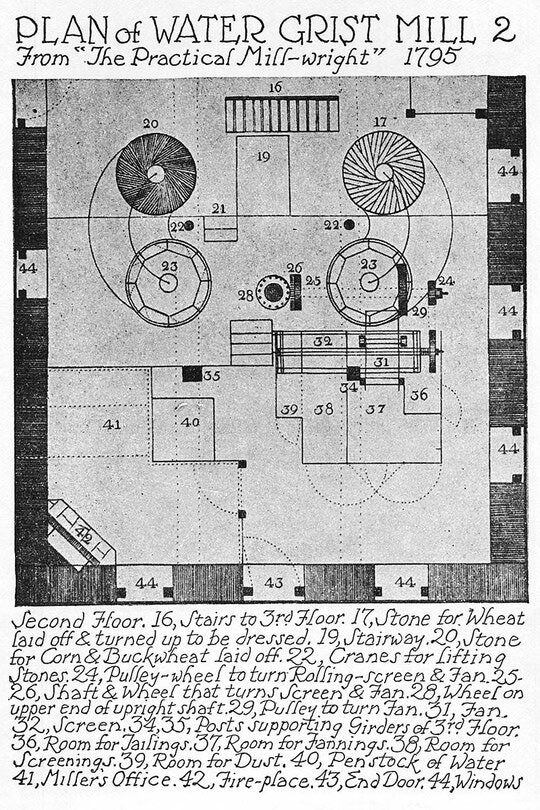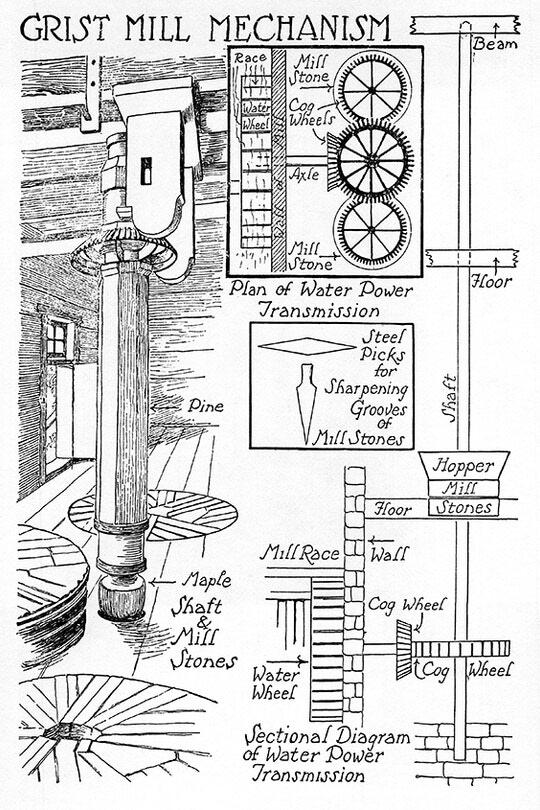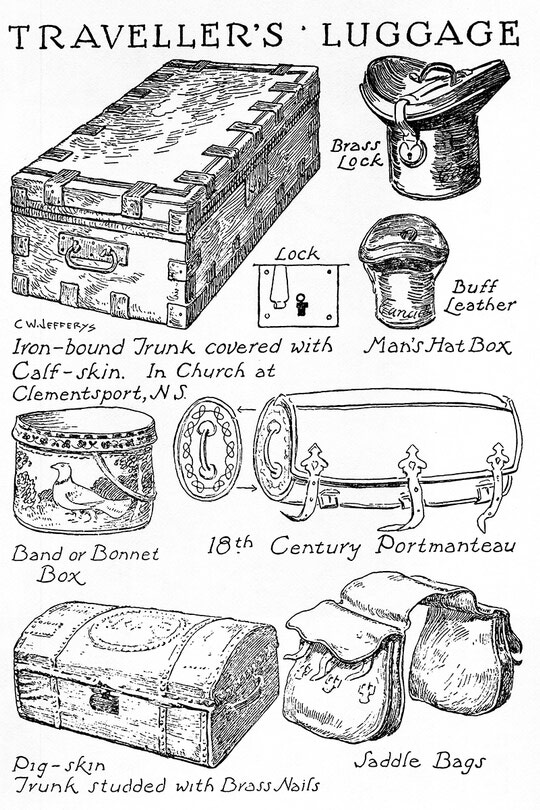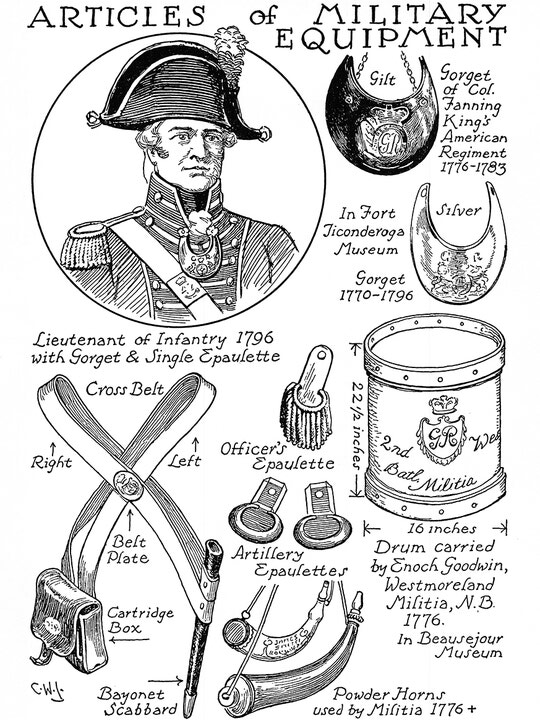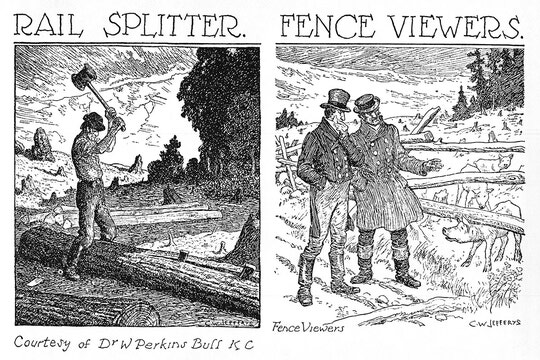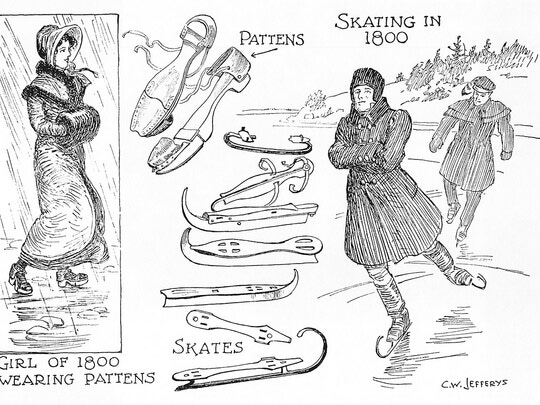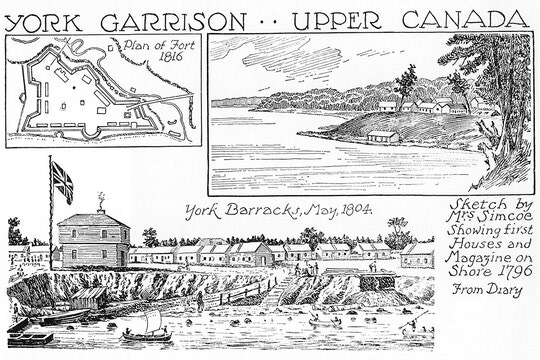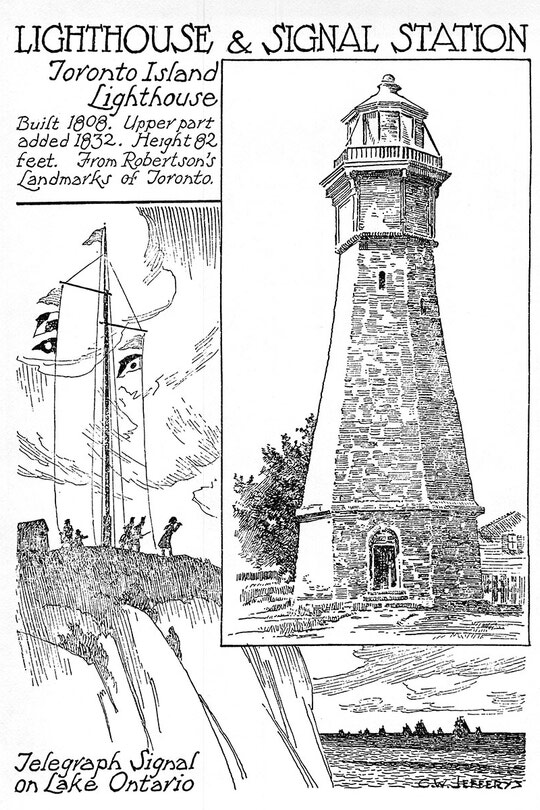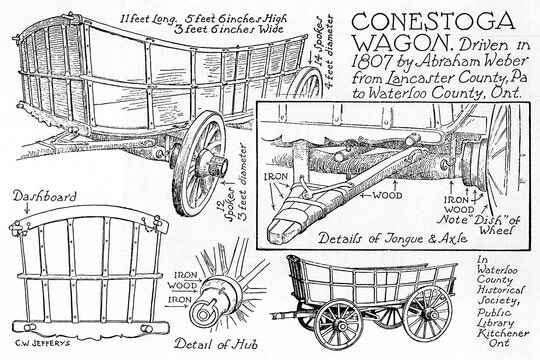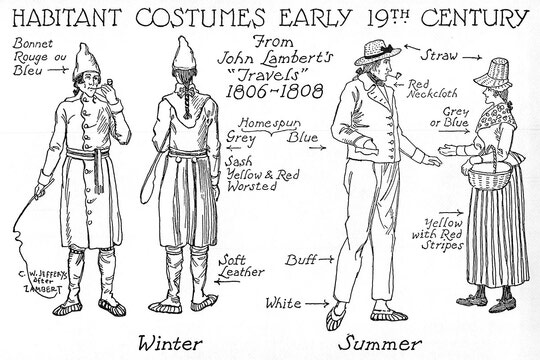Browse the Catalogue
The beautifully carpentered crane resembles an engraving in Oliver Evans's Young Mill-wright's Guide, but is more elegant in design.
In 1797 Count Joseph de Puisaye, a refugee from the French Revolution, laid a plan before the British Government for the settlement of a number of French Royalist émigrés on lands to be granted to them in Canada.
The Caléche was a two-wheeled vehicle in use in Lower Canada, similar to the one-hoss shay, or chaise of New England with the addition of a seat in front for the driver.
Calf-skin trunk, band box, pig-skin trunk, saddle bags, portmanteau, hat box, brass lock
Bedsteads were furnished with a canopy, called a tester, and side curtains which could be drawn close to keep out draughts and night air, which was thought to be harmful to health.
Much of the pioneer furniture was home-made, in spells of leisure on rainy days and in winter, or by a neighbouring carpenter.
This page is planned to show the changes in the shape of the axe from the European tool of the first settlers on this continent to the typical North American axe of the nineteenth century.
The Hewing Axe was used by lumbermen for squaring timbers for rafting and stowage in vessels, and by carpenters for smoothing beams, planks and rafters.
Hewing hatchets followed the shape of hewing axes, but, as indicated on the illustrations, they were of smaller dimensions.
Looking up Ste. Famille St. through Hope Gate, Hope Gate, Prescott Gate, map showing location of gates, from Hawkins, Picture of Quebec , 1834,
In March, 1803, the ship Boston, of Boston, Massachusetts, arrived in Nootka Sound, on the west coast of Vancouver Island, to trade with the Indians.
The plan of the fort is taken from a survey made by Col. Nicolls of the Royal Engineers. The fort was reconstructed in 1932-1934 in conformity with this plan of 1816.
The first raft on the Ottawa River was conducted by Philemon Wright, from Hull (of which he was the founder), to Montreal, in 1806.
The Conestoga wagon was so called after the Conestoga Valley in Lancaster County, Pennsylvania, where this type of vehicle was developed.
Drawing of winter costumes, drawing of summer costumes

